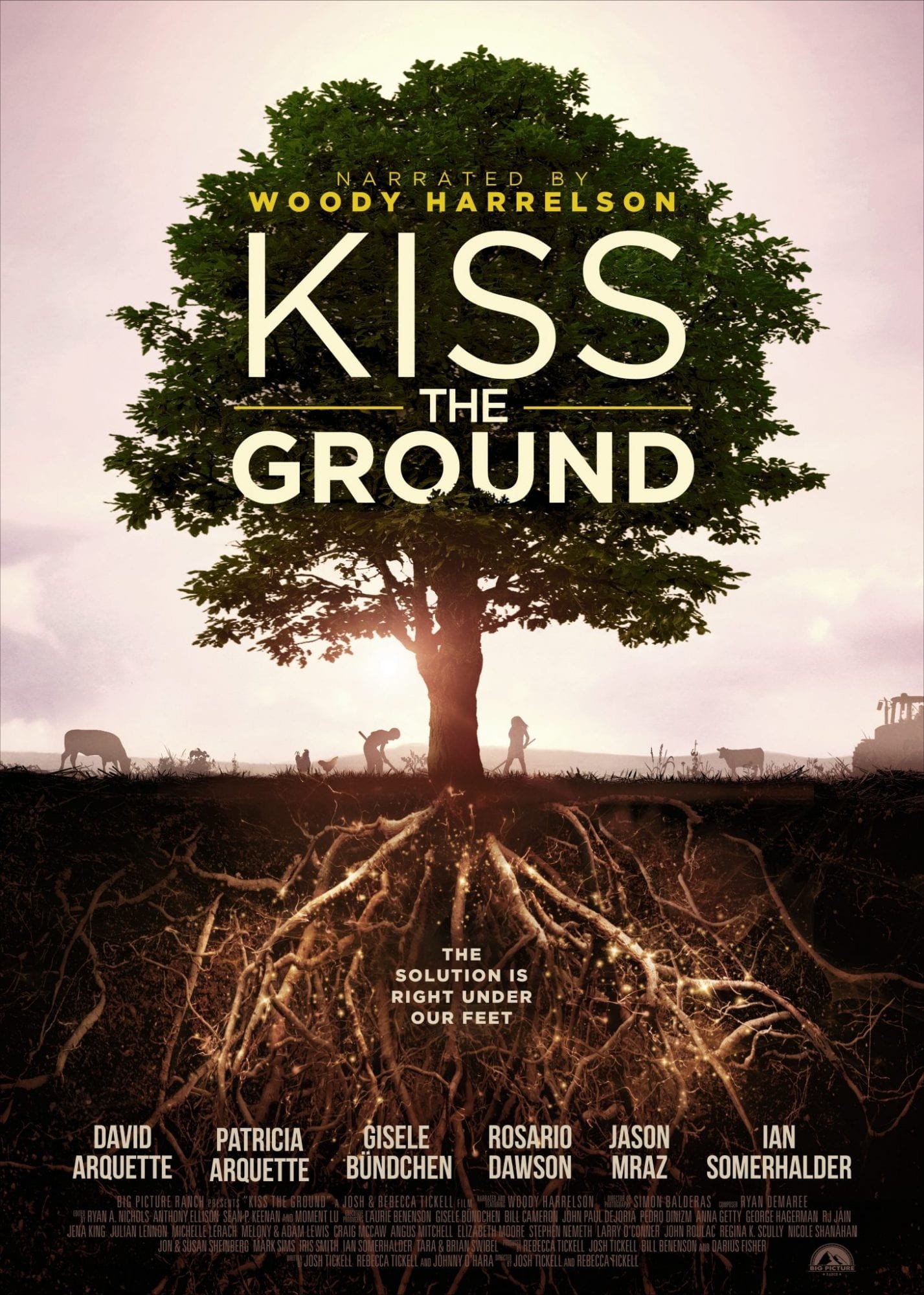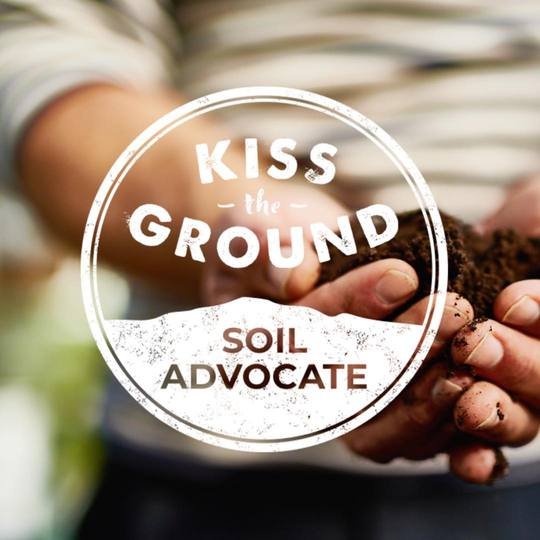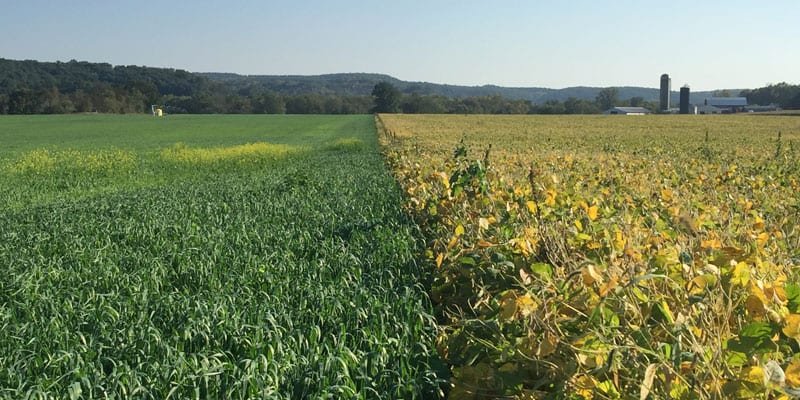Regeneration
Recently I wrote about seeing the movie Kiss the Ground. What I learned was far beyond what I expected. The movie was so inspiring to me that I decided to research courses that the movie offers that help us learn more and be advocates for healing our soil and hence, our climate.
I decided to take the Soil Advocacy Training. It’s a nine-week course that one can do solo or enroll to be on a weekly virtual meeting with the producers of Kiss the Ground and soil regenerators around the country. I chose the latter. We are approaching week four, and the learning and community are extraordinary. Who knew there would be people enrolled in this course from Korea, the Soviet Union, Ireland, Belgium, Australia, and all over the United States, to name a few? We come with different expertise, ideas and goals, and together we learn about the soil – everything from what makes healthy soil to the process of photosynthesis to carbon sequestration.
This last term – carbon sequestration – is the one that has the power to regrow our soil and our climate. It is literally taking the carbon out of the air – carbon that is warming our earth – and putting it back in the soil. In the soil, the plants and microorganisms function in a network to increase the organic matter in the soil, regenerating it. In essence, this is making the soil healthier. Here is some of the impact of what that means:
Healthy soil is a sponge, known as the “soil sponge.” It infiltrates, absorbs, and retains water. This is critical in a world that is rising in temperature, and arable (growable) land all over our Earth is quickly becoming desertified; meaning it is so dry as to not be able to sustain plant life. Just a 1% increase of the organic matter in the soil – through carbon sequestration – means the soil can hold 25 thousand gallons more water per acre, per year. That’s an amazing statistic! Finian Makepeace, Co-Founder of Kiss the Ground, notes that “farmers who have increased their soil organic matter from 1% to 5% can hold 100,000 gallons more of water PER ACRE.” Regenerative farmers can quickly get to zero runoff. Zero runoff means the land absorbs 27,000 gallons of water per acre during a 1-inch rain event.
Why does this matter? Regenerative farmer Gabe Brown tells us: “It's not about how much rain falls, it’s how much water is absorbed and retained in the soil.” Building back healthy soil, which includes keeping the ground covered with diversity of plants, restores small water cycles and helps rehydrate our land. This in turn means more water is returning to create clean fresh water sources like springs. I have seen dozens of photos of desert land around the world that has been transformed into meadows and pastures, green mountains and valleys. It is a sight to behold.
This brings hope. Hope that we can mitigate the rising temperatures. Hope that we can raise more food to feed the world’s population. Hope that we can combat some of the drought conditions taking over so much of our land. Regenerating soils brings back ecosystems. And let us not overlook that healthy soils grow healthier plants, bringing higher nutrition to us when we eat them.
We were taught in school that we breathe in oxygen and breathe out carbon dioxide, and that trees take in our carbon dioxide to make their own food, and then expel the oxygen we breathe. This symbiosis has been known for years. Soil regeneration advances this symbiotic relationship to the point where we are making a conscious investment in nourishing those systems that nourish us. This is work whose time has come.
Rabbi Robin Damsky
Rabbi Robin Damsky has recently launched Limitless Judaism, a project of learning, movement, meditation, melody and practice that draws the lines of connection between our physical bodies, our spiritual expression and Gaia, our earth-cosmos. Embracing this connection, we heal and grow ourselves as we heal and grow our planet.




